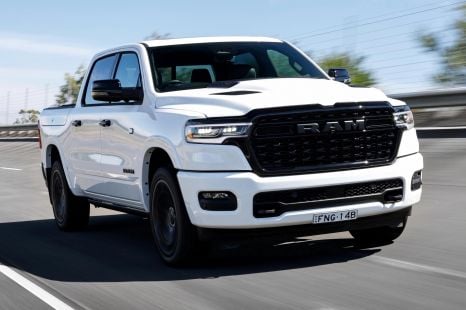

Marton Pettendy
2 Months Ago

News Editor
Ford executives in Detroit this week would not confirm details on the mooted plug-in hybrid Ranger, or engage with rumours of an EV version – instead saying its customers would help define future electrified versions of its big-selling ute.
“Let me get a thousand customers in here and then ask them… Because that’s the point, right?” asked Ford’s vice president of internal combustion engine (ICE) product programs Trevor Worthington.
“I can sit here and say, ‘I think [we should do X]’, but really the thing that we’ve tried to do differently with Ranger and Everest is use customers to drive what our priorities are and what we do.
“What we try to do is, we try and create vehicles where we future-proof the alternatives,” he added, citing the change in physical dimensions with the latest generation.
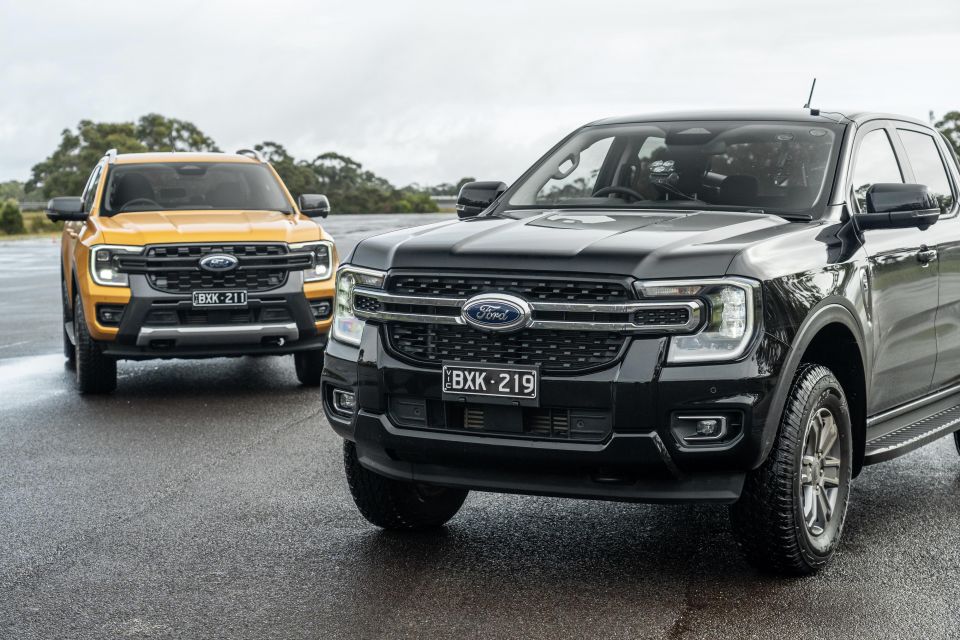
“If the future is a PHEV or the future is a BEV or the future is, god forbid, something else… we’ve got an architecture that will respond to customers’ needs in terms of how much money they’re willing to spend, how they use their vehicle,” he said.
“I don’t really know what the path is. I mean, I know the stuff that we’re working on, but we’re not going to talk about that.”
Ford has officially confirmed the Ranger’s T6 platform supports electrification, and that its European commercial vehicle range will be 100 per cent “zero-emissions capable” by 2024.
However, it has yet to officially confirm what could be one of the industry’s worst-kept secrets: that a plug-in hybrid Ranger is coming.
Mr Worthington said any PHEV needs to be calibrated appropriately, with some tuned for maximum economy and some tuned for performance.
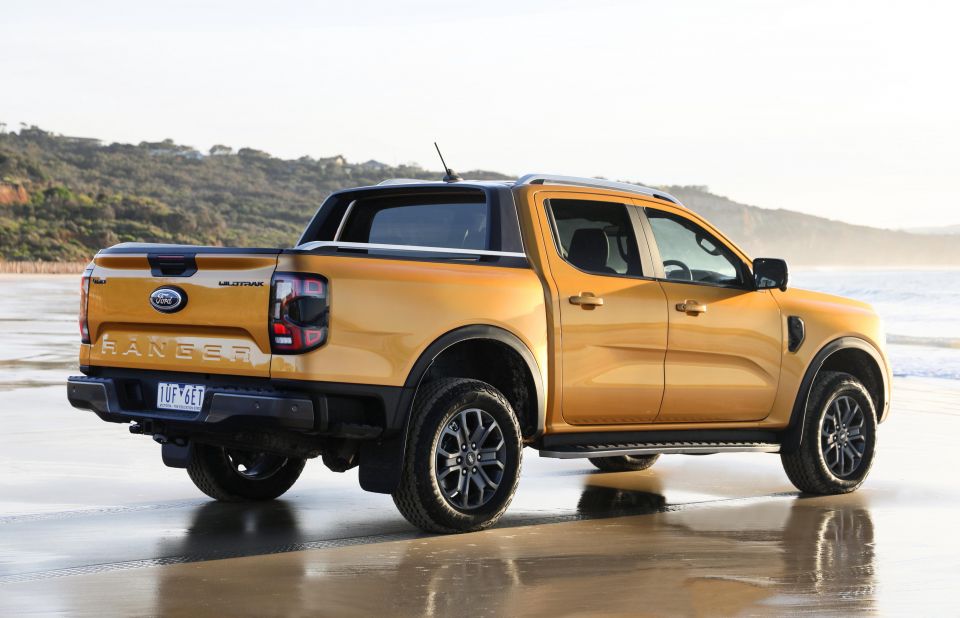
But he conceded some of Ford’s own PHEVs haven’t quite struck the appropriate balance.
“With PHEVs that we’ve done, I’m not going to name them, but you know, there are some that have done really, really well. And when you sort of go, ‘why, why, why’, it’s because we understood the European requirement for what a PHEV is going to do and that’s worked pretty well,” he said.
“There are other PHEVs we’ve done where I’ve had one as an assigned vehicle, the lease vehicle [and] you’ve kind of gone well, ‘that 15 miles was fantastic, but what happens now?’ I’ve now got to go and plug it in and charge it again.
“So it just all comes back to customers. It really does. I can’t overemphasise that.”
As one of Ford’s most global models, the Ranger also poses a unique challenge to Ford’s engineers.

“The Ranger is sold in like 180 markets. It’s the most diverse product that we sell. And so that process of listening to customers and really understanding how do you group them together and what are the kinds of common ground that we can then say right, we’re going to head in this direction or that direction,” Mr Worthington said.
“In many ways it’s kind of more difficult and more important to get it right. You have to, otherwise you’re irrelevant.”
The Ranger PHEV, and its Everest counterpart, is expected to be offered with a new 2.3-litre turbocharged four-cylinder petrol engine with a plug-in hybrid system.
The PHEVs will produce around 270kW of power and 680Nm of torque, and is expected to offer a combined fuel economy of 3.0L/100km.
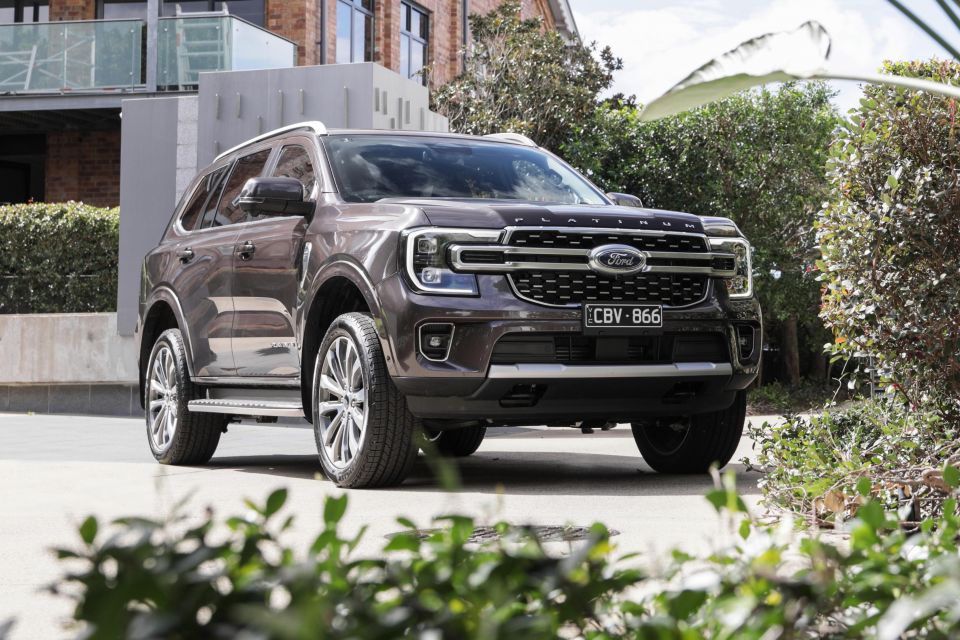
This powertrain differs from the 2.5-litre four-cylinder plug-in hybrid found in the Ford Escape and related Lincoln Corsair crossovers, as well as the twin-turbocharged 3.0-litre V6 PHEV system found in the Lincoln Aviator and European-market Ford Explorer.
In addition to reports of a Ranger PHEV, a trademark filing has been spied in Europe for a Ranger Lightning – pointing towards a potential EV version.
MORE: Everything Ford Ranger
Take advantage of Australia's BIGGEST new car website to find a great deal on a Ford Ranger.
William Stopford is an automotive journalist based in Brisbane, Australia. William is a Business/Journalism graduate from the Queensland University of Technology who loves to travel, briefly lived in the US, and has a particular interest in the American car industry.


Marton Pettendy
2 Months Ago
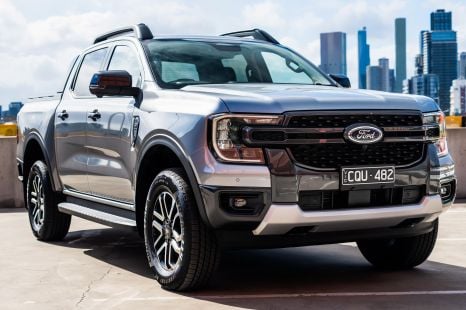

Max Davies
2 Months Ago
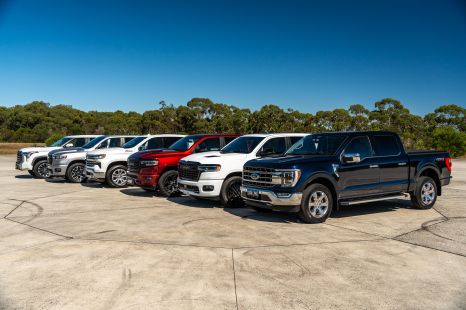

Josh Nevett
1 Month Ago
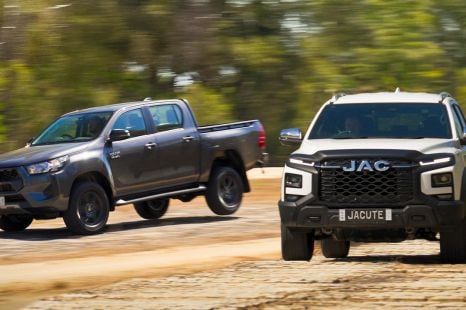

CarExpert.com.au
1 Month Ago
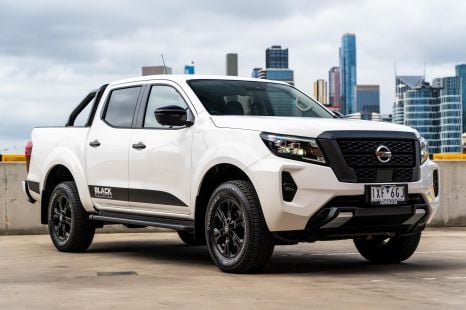

Josh Nevett
16 Days Ago


James Wong
10 Days Ago